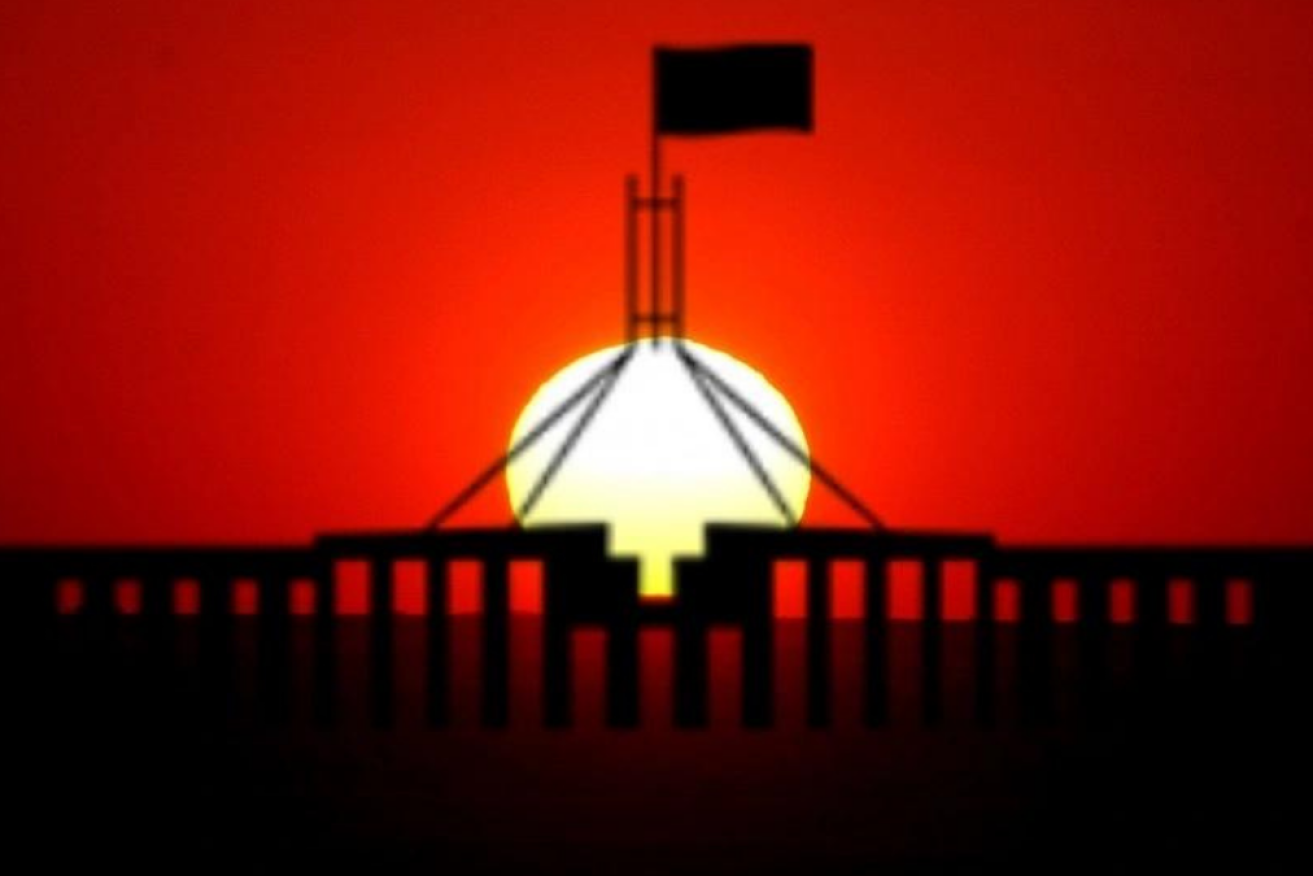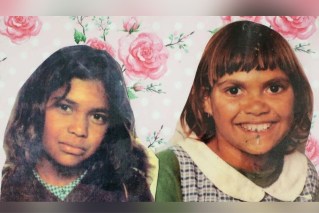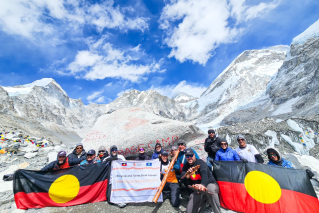‘Business as usual’: Closing the Gap efforts inadequate

Government attempts to 'close the gap' in Australia have been labelled as 'weak' in a draft review. Photo: AAP
Australian governments are taking a “business as usual” approach to Indigenous policy and risk making disadvantage and discrimination worse.
The Productivity Commission released a scathing draft review on Wednesday, criticising the inadequate action taken by governments across the country to deliver on priority reforms to improve the lives of Indigenous people.
The National Agreement on Closing the Gap was committed to by all governments and the Coalition of Aboriginal and Torres Strait Islander Peak Organisations in 2020, in a bid to dismantle the entrenched inequality faced by Indigenous Australians.
But the implementation of the reforms has been labelled “weak” by the commission, which found it reflected a “business as usual approach”.
The commission’s latest data on Closing the Gap showed four of 17 targets were on track to be met, while another four were going backwards.
“Overall progress against the priority reforms has been slow, uncoordinated and piecemeal,” the commission said in its report.
The review found it “too easy” to locate examples of government decisions that contradicted the commitments, and exacerbated rather than reduce disadvantage and discrimination.
This was particularly obvious in youth justice systems.
The commission warned that without stronger accountability across all government organisations, the agreement risked becoming another broken promise to Aboriginal and Torres Strait Islander people.
Indigenous Australians Minister Linda Burney said the review demonstrated the need for an Indigenous Voice to Parliament and executive government.
Australians will go to the polls later this year at a referendum, to determine whether to enshrine the proposal in the constitution.
“[The review] makes the strongest argument I can think of for the need for a Voice. It shows that the four priority areas for closing the gap are not being met,” she told ABC Radio on Wednesday.
“There are millions and millions of dollars that are being spent in Aboriginal affairs that are not moving the dial on closing the gap.”
Source: TND
Ms Burney said the initiatives that were working came from Indigenous communities being listened to, with local-based solutions.
“The reason that we want [the Voice] in the constitution is so it’s protected by the constitution, and cannot be written off by the stroke of a pen, like we’ve seen other Aboriginal advisory bodies come and go,” she said.
Romlie Mokak, a Djugun man and commissioner, said the review was yet to identify a government organisation that had a clear vision for what transformation looked like and a strategy to achieve it.
The four pillars of the national agreement are formal partnerships and shared decision-making, building the community-controlled sector, transforming government organisations, and sharing access to data and information at a regional level.
The commission found governments were failing to share power with Indigenous people, with agencies consulting with communities on pre-determined solutions, rather than working together to co-design fixes.
Its members were told Indigenous communities felt consultation could be “tokenistic”, as if a box was ticked.
Sluggish reform of government itself was hampering progress towards the other goals.
The review found a hodgepodge of thousands of plans were disconnected from each other and failed to link to the priority areas.
It made six draft recommendations, which the commission will seek feedback on.
The commission will meet Aboriginal and Torres Strait Islander communities and governments before handing down its final report by the end of this year.
13YARN 139 276
Aboriginal Counselling Services 0410 539 905
– AAP








